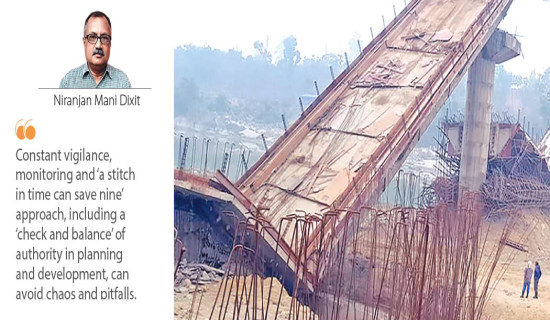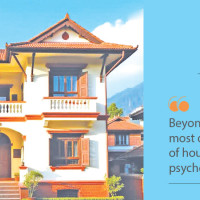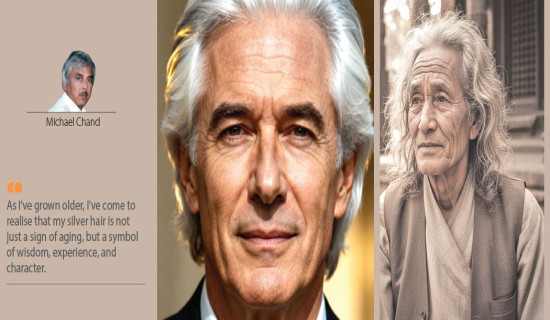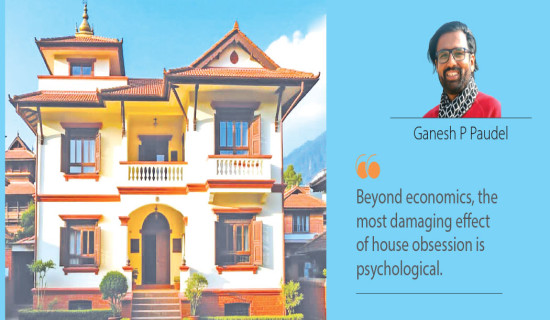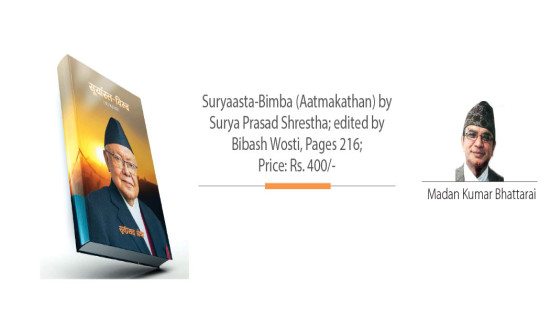- Friday, 21 November 2025
Ah! The Sweet Flavours Of Chinese Tea
Near the Great Wall, the landscapes unfolded like a live painting in contrasts. On one side, clusters of homes seemed to belong to a bygone era — ancient villages with narrow lanes and quiet courtyards. On the other hand, gleaming modern neighbourhoods rose confidently, with orderly streets and urban polish. The open spaces between them were all dressed in green.
I asked our guide, Wang, “Why such a contrast here?”
He replied, “People gradually left the older settlements and moved into these modern, well-facilitated urban areas. They gave up farming and took up new professions. When the bullet train line connecting Beijing opened during the Winter Olympics of 2022, the allure of modernity grew even stronger.” Wang was still explaining when we arrived at Jindian Restaurant in Changping. The clock struck one. The meal—thin slices of the famed Peking duck—was unforgettable.
Sports showcasing
After lunch, as we drove ahead, Wang began describing the Olympic Games—how China showcased its national strength to the world through sports, and how the Olympic Park, also known as the Olympic Green, came into being. Beijing, he said, is the only city in the world to have hosted both the Summer Olympics in 2008 and the Winter Olympics in 2022. China had even won the highest 48 gold medals in the 2008 Olympics.
Pointing out from the car, Wang showed us the grand National Tennis Stadium, where Olympic tennis matches were held. Its architecture resembled a blooming lotus. He also showed us the Olympic Gate and the buildings that once housed the athletes—now sold and converted into commercial spaces. We saw the Water Cube, where the Olympic swimming events had taken place. Today, it functions as a recreational water park for tourists.
And there it was - the world-famous Bird’s Nest Stadium, shaped like a giant nest. The opening and closing ceremonies of the Olympics were held there, along with the long-distance track events. Wang mentioned that the stadium is so huge that it is rarely used for other events and remains mostly unoccupied these days.
Nearby stood another attraction—the Olympic Tower, constructed with five pillars and five rings symbolizing the Olympic logo. The tower stands 246.8 metres tall, and from its 228-metre-high viewing gallery one can see not only the entire Olympic complex but also the vast expanse of Beijing city—its ring roads, high-rise buildings, the green Olympic Zone, and the distant mountains standing gracefully on the horizon.
Ah! How Wang’s descriptions tempted us. But how unfortunate—we could only hear, not experience it firsthand. “Wang,” I said, “your descriptions are vivid, but imagination alone cannot replace seeing, touching, and feeling it for myself.” He laughed softly, a faint hint of embarrassment crossing his face.
Indeed, after the Olympics, the region had evolved into a significant cultural and tourist hub. Here, art, technology, architecture, and athletic achievement coexisted, symbolizing China’s modern aspirations and organizational mastery. To me, the Beijing Olympic Green Zone embodied a living, breathing testament to the nation’s vision.
“Now let’s experience the Tea Ceremony,” Wang said, as our driver Jia Qingwei parked the car. We had reached another destination on our journey of July 20, 2025. This place, too, was within the Olympic venue area.
We entered Tang-Ren Tea Courtyard, known as the Tea Ceremonial Shop. Wang guided us to a special tea room and stepped outside. Soon, a young woman entered gracefully, her presence calm and luminous. She greeted us warmly.
“Jessica,” she said.
We were momentarily surprised—Jessica? A Chinese woman? She laughed gently. “I resemble a Western woman,” she explained, “so the name stuck.” Her real name was Bai Ling. We introduced ourselves to her.
“Today, I will prepare five types of traditional Chinese tea for you,” she said. “Please taste each one. You will remember this experience forever.” Ah! How gentle and melodious her voice was. She placed small cups before us and began: “This is Ginseng Oolong Tea. It strengthens the kidneys, balances internal heat, enhances vitality, and reduces facial wrinkles. It is also used therapeutically in herbal medicine.”
She taught us how to pour and hold the teacups in the Chinese manner. We drank the warm, aromatic tea, which could be refilled eight to ten times. Then came the Jasmine Tea. Bai Ling placed the utensils before Kumar and instructed him on how to prepare it.
“Jasmine tea can be infused five to six times. It is good for the liver, eyes, and brain,” she explained. We sipped from small cups of fragrant jasmine tea, widely enjoyed in China during mornings. She told us that Fujian Province is famous for jasmine flower cultivation.
Next, it was Nawaraj’s turn—to prepare Lychee Black Tea, known to improve blood circulation and immunity. Its subtle sweetness and scent were delightful. When served cold as iced tea, it becomes even more refreshing.
Then it was my turn. I prepared Pu-er Tea, known across China as a health-promoting tea. It helps in controlling diabetes, cholesterol, and blood pressure. Its earthy aroma felt as though it carried the fragrance of the soil itself—reminding me of the Earth, of home.
Bai Ling smiled warmly, photographing and filming our every movement: brewing, sipping, and learning.
Sweet memory
“Now it’s my turn again,” she announced cheerfully. “I will make Fruit Tea—a favourite among children. It is flavourful and reinforcing.” Made mostly from dried fruits, sometimes fresh fruits too, this tea is rich in vitamins. We enjoyed it as our final tea of the ceremony.
Thank you, dear Bai Ling! Outside, various teas were displayed for sale. The young Chinese shop attendants humbly invited us to purchase some. We had not planned to buy tea, but their request was so gentle and warm that walking away empty-handed felt discourteous. So each of us bought a small packet of Ginseng
Oolong Tea.
Carrying the sweet memory of Chinese tea upon our tongues, and Bai Ling’s heartfelt hospitality within our hearts, we said 'Zàijiàn!', bye-bye.
(Uprety is a poet, critic and travelogue writer.)



